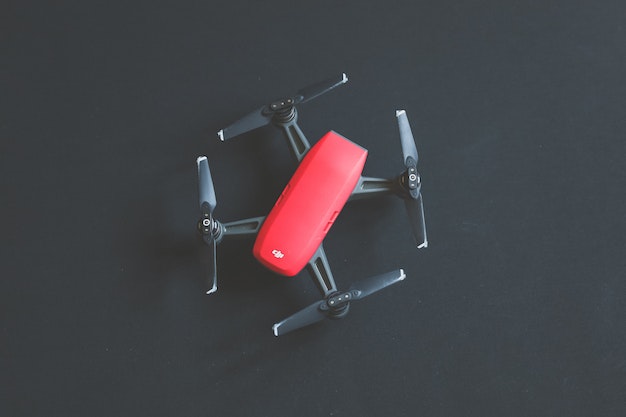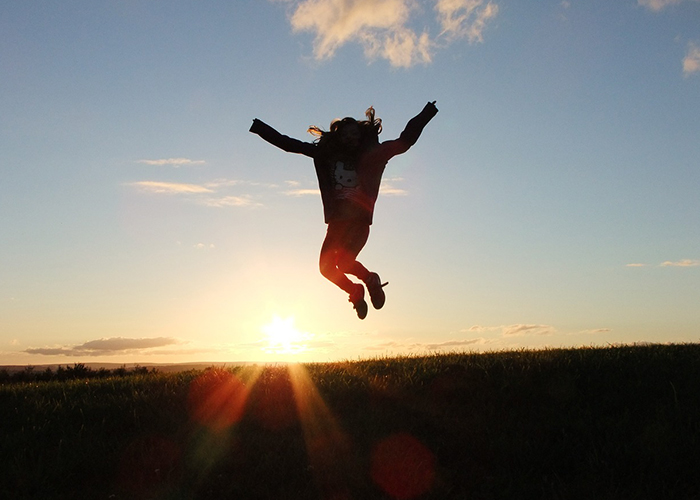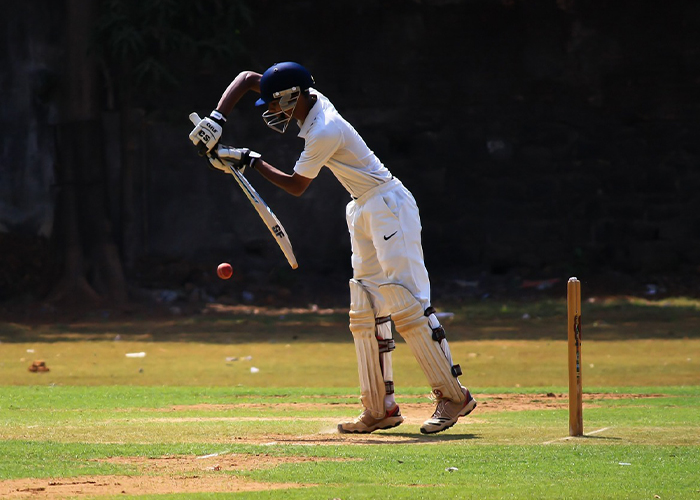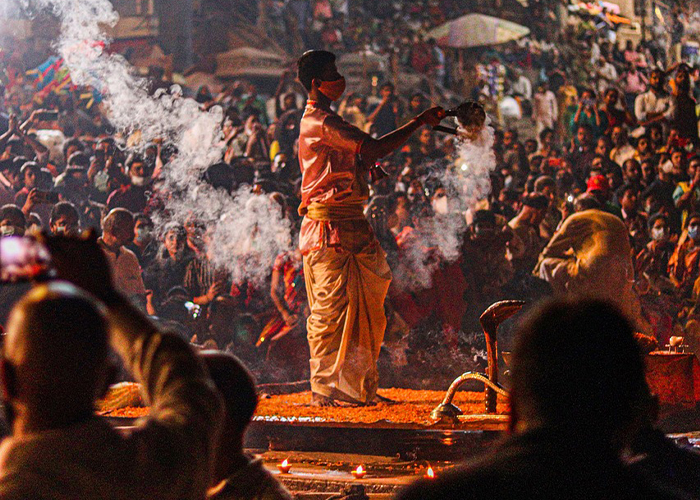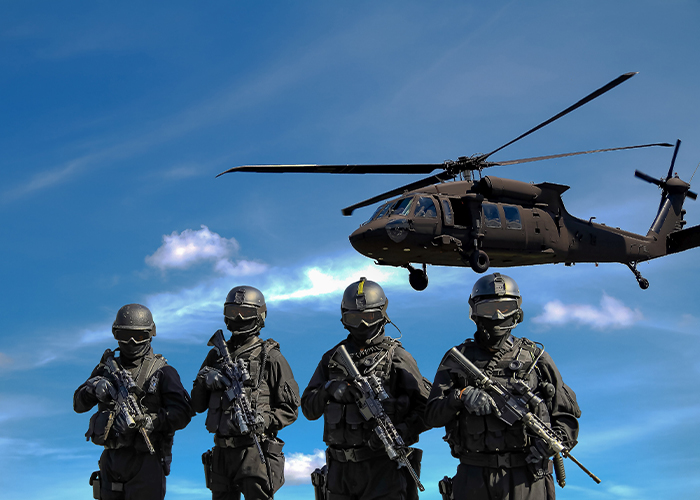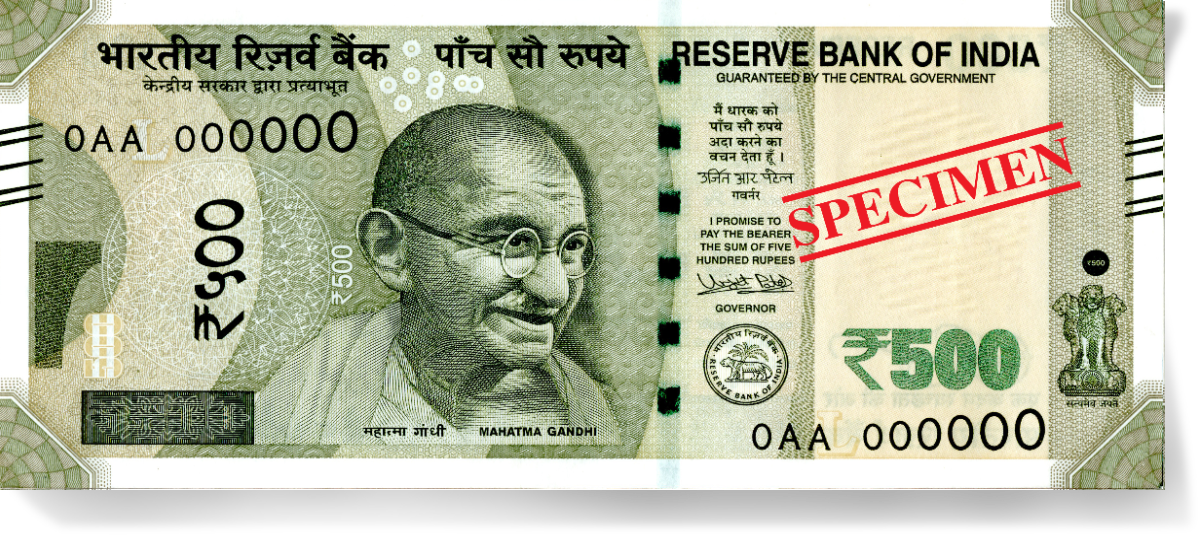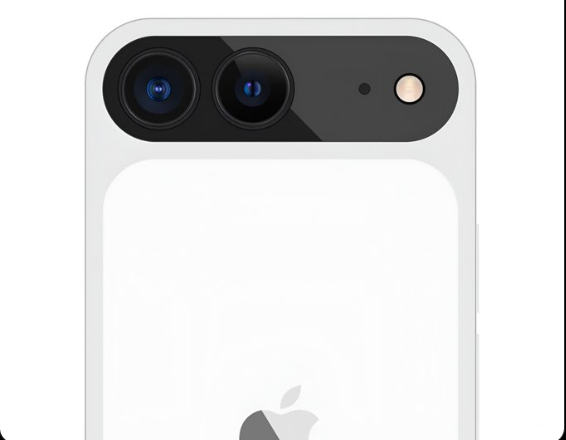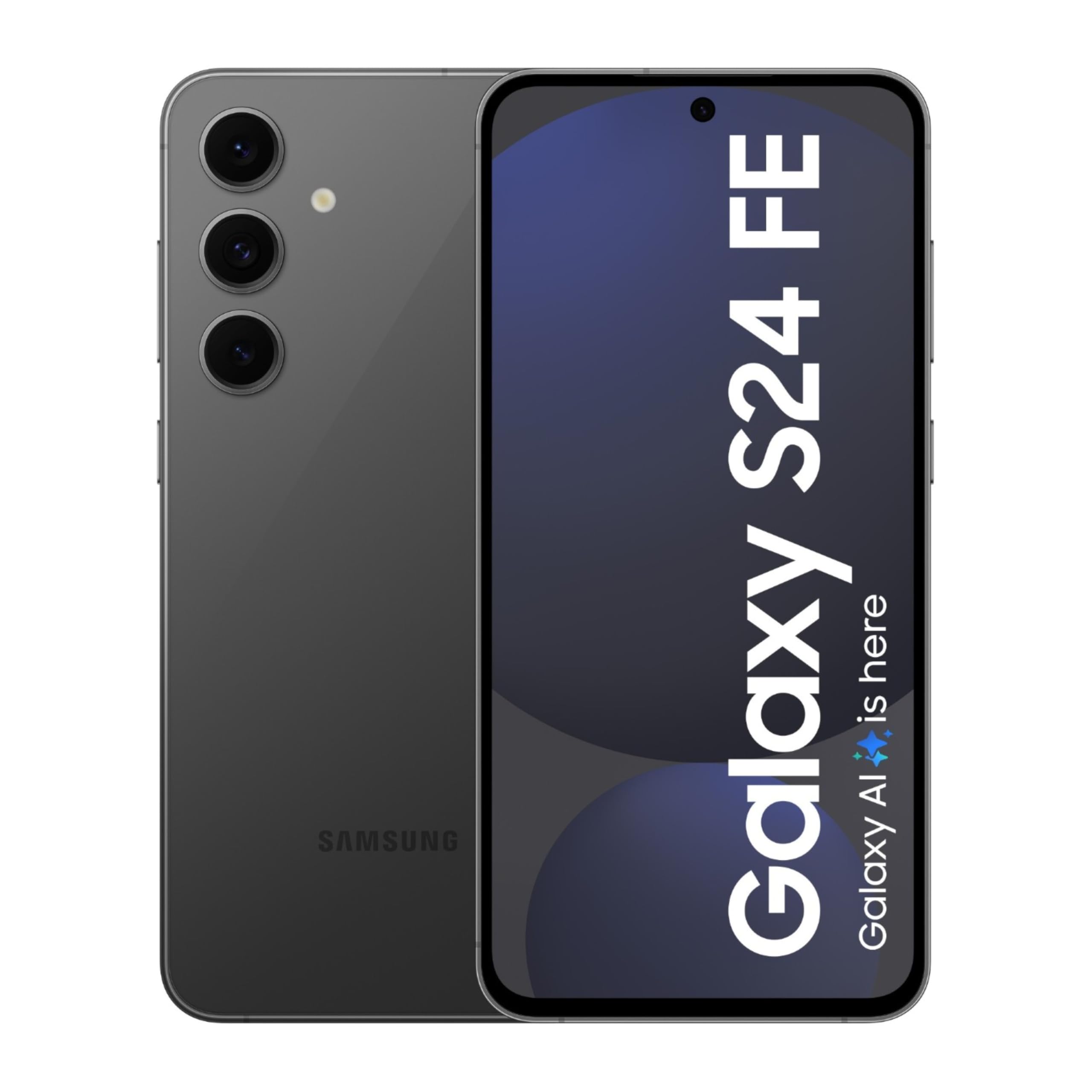Trends In Drone & Aerial Tech
Drones and aerial photography have opened up a world of possibilities across various industries.
- Drones and Aerial Photography, Applications, Event Coverage, Surveying and Mapping Future
- Development and Engineering, Benefits of Aerial Photography with Drones,Techology ,Legal
Drones, Aerial photography, UAV, services
Trends In Drone & Aerial Tech "Drones and Aerial Photography: Elevating Your Perspective"
In the always developing universe of photography and videography, drones have arisen as major advantages. These automated flying vehicles furnished with cameras have altered the manner in which we catch pictures and film from the sky. With an elevated perspective, they offer a one of a kind viewpoint that was once just reachable with costly helicopters or planes. In this article, we will investigate the universe of robots and aeronautical photography, diving into the administrations they offer across different businesses.
1. Overview to Drones and Aerial Photography:
Drones, also known as Unmanned Aerial Vehicles (UAVs), have gained immense popularity due to their versatility and ability to capture breathtaking aerial shots and videos.
2. Different Applications:
Real Estate Photography:
- Drones are transforming the real estate industry by providing stunning aerial views of properties. Aerial shots give potential buyers a comprehensive view of the property's size, layout, and surroundings, which traditional photography cannot achieve.
- Aerial photography helps in highlighting unique features such as expansive gardens, waterfront views, or proximity to landmarks, making properties more enticing to potential buyers.
Occasion Event Coverage:
- Drones add a captivating dimension to event coverage, whether it's a wedding, music festival, or sports event. They can capture dynamic shots of crowds, stages, and scenic backgrounds, creating memorable visuals.
- Event planners and organizers use drone footage for promotional materials and to enhance the overall experience for attendees.
Construction Development and Engineering:
- Drones are valuable tools for construction and engineering projects. They can provide progress updates, site surveys, and 3D modeling of construction sites, aiding in project management and planning.
- Aerial imagery helps identify potential safety hazards, monitor equipment, and assess the need for maintenance or repairs in large structures such as bridges and towers.
Planning Surveying and Mapping:
- Surveyors and cartographers use drones for accurate topographic mapping and land surveys. Drones equipped with high-resolution cameras and LiDAR technology can gather precise data, making the surveying process faster and more efficient.
- Aerial surveys are particularly useful for large-scale projects like land development, urban planning, and environmental monitoring.
3. Advantages & Benefits of Aerial Photography with Drones:
Financial & Cost-Effective:
Drones are a cost-effective alternative to hiring helicopters or planes for aerial photography. They significantly reduce the expenses associated with capturing aerial imagery.
Security & Safety:
Drones eliminate the need for humans to enter potentially hazardous or hard-to-reach areas. This improves safety in industries like construction and infrastructure inspection.
Efficiency:
A drone can cover large areas quickly, saving time compared to traditional methods. This efficiency is particularly beneficial for time-sensitive projects and events.
Accuracy Precision:
Drones offer precise control over camera angles and perspectives. Operators can capture images and videos from unique angles, enhancing the visual appeal of the content.
4. The Job Role of Technology:
Camera Technology and Innovation:
High-resolution cameras and gimbals attached to drones enable the capture of sharp and stable images and videos. Some drones even offer zoom capabilities for close-up shots.
GPS & Route Navigation:
GPS technology allows drones to maintain stable flight and return to their starting point automatically. This reliability ensures that shots are consistent and safe.
LiDAR and Thermal Imaging:
Advanced drones are equipped with LiDAR sensors and thermal imaging cameras. These tools are indispensable for industries like surveying, where precise data collection is essential.
5. Legal and Moral Ethical Considerations:
Guidelines & Regulations:
Drone operators must adhere to local regulations and obtain the necessary permits and licenses. These regulations vary by country and region, and they often focus on safety and privacy concerns.
Protection Privacy:
Drones equipped with cameras raise privacy concerns. Operators should respect individuals' privacy and avoid capturing images or footage in restricted areas.
Safety Precautions Measures:
Safety is a top priority when operating drones. Operators should be trained and follow safety guidelines to prevent accidents and protect the public.
6. The Future of Aerial & Aeronautical Photography:
Artificial Intelligence (AI Man Made):
AI-powered drones are on the horizon. They will be capable of autonomous flight, advanced image recognition, and data analysis, further enhancing their capabilities.
Natural Environmental Applications:
Drones are increasingly used for environmental monitoring, wildlife conservation, and disaster management. They can access remote or inaccessible areas to collect crucial data.
Delivery Services Admistration:
Companies like Amazon and UPS are exploring the use of drones for package delivery. This could revolutionize the logistics industry in the coming years.
End of Conclusion:
Drones and aerial photography have opened up a world of possibilities across various industries. They offer cost-effective, efficient, and safe solutions for capturing stunning aerial shots and videos that were once reserved for large budgets and specialized equipment.
As technology continues to advance and regulations evolve, the future of aerial photography with drones holds even more promise, pushing the boundaries of creativity and innovation.
In conclusion, drones have brought a fresh perspective to photography and videography. They have transformed how we document real estate, events, construction, and surveying, making it more accessible, efficient, and captivating. As technology and regulations continue to evolve, the sky is truly the limit for the applications of drones and aerial photography.
Writer
Devraj Gorai
